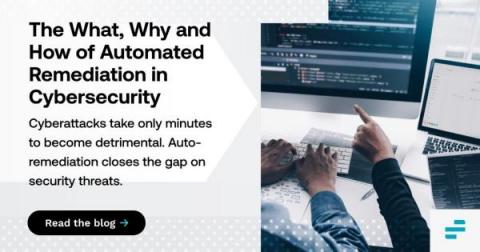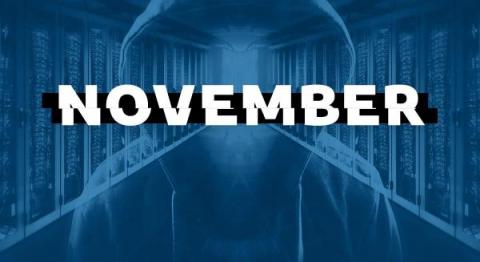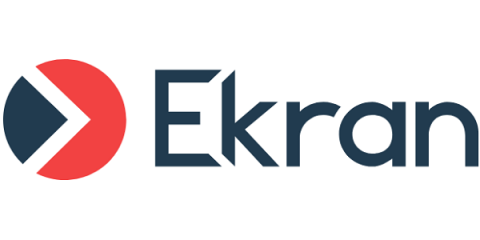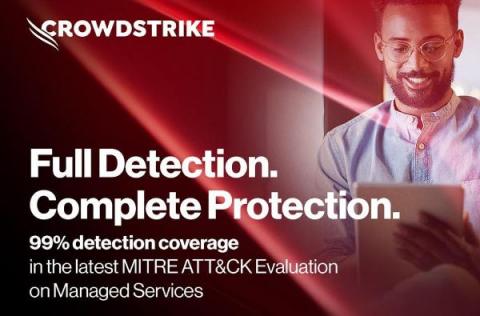Security | Threat Detection | Cyberattacks | DevSecOps | Compliance
Security
The Top Cyber Attacks of November 2022
Rethinking IAM: What Continuous Authentication Is and How It Works
Choosing the Right Industrial Cybersecurity Framework
It’s no surprise that industrial environments have become increasingly valuable targets for malicious behavior. The State of Security has featured many cybersecurity events across myriad industrial verticals, including but not limited to chemical manufacturing, transportation, power generation and petrochemical. Several of these industries have taken great strides in improving their defense posture, but this was primarily driven as a result of governmental regulatory compliance requirements.
Sysdig Secure-Google Chronicle Integration - Why, What and How
Cloud adoption and digital transformation have enlarged attack surfaces that can be exploited by malicious actors to harm your organization. Traditional SIEMs and EDRs fall short as they are not cloud-native and also difficult to scale. Further, there are inherent fixed costs that need to be considered when adopting any modern threat detection apparatus.
5 best practices for React with TypeScript security
As a library focused on building user interfaces rather than a full-fledged framework, React enables developers to choose their preferred libraries for various aspects of an application, such as routing, history, and authentication. Comparatively, Microsoft created TypeScript as an extension of JavaScript to introduce optional static typing to an otherwise loosely typed language.
What We've Learned About Reducing Open-source Risk Since Log4j
I share a birthday with the Log4j event. However, unlike this event, I’ve been around for more than one year. On December 9th, 2021, a Tweet exposed a zero-day vulnerability in Log4j, a widely-used piece of open-source software. The announcement made headlines everywhere, and cybersecurity was suddenly put in the spotlight. It was a wake-up call for many because, in an instant, software that had been considered secure was suddenly at tremendous risk.
9 Ways a CISO Uses CrowdStrike for Identity Threat Protection
Identity isn’t a security problem — it’s the security problem. This was the takeaway from my recent meeting with a local government CISO in the Washington, D.C. area. Tasked with protecting infrastructure, including the fire and police departments, the CISO turned to CrowdStrike a year ago for endpoint and identity protection.
Inside the MITRE ATT&CK Evaluation: How CrowdStrike's Elite Managed Services Operate in the Real World
Following CrowdStrike’s strong performance in the first-ever MITRE ATT&CK® Evaluations for Security Managed Services Providers with 99% detection coverage, we take a deep dive into the testing process and how our elite managed services operate in the real world. We recently announced CrowdStrike achieved 99% detection coverage in the inaugural MITRE ATT&CK Evaluations for Security Managed Services Providers.











